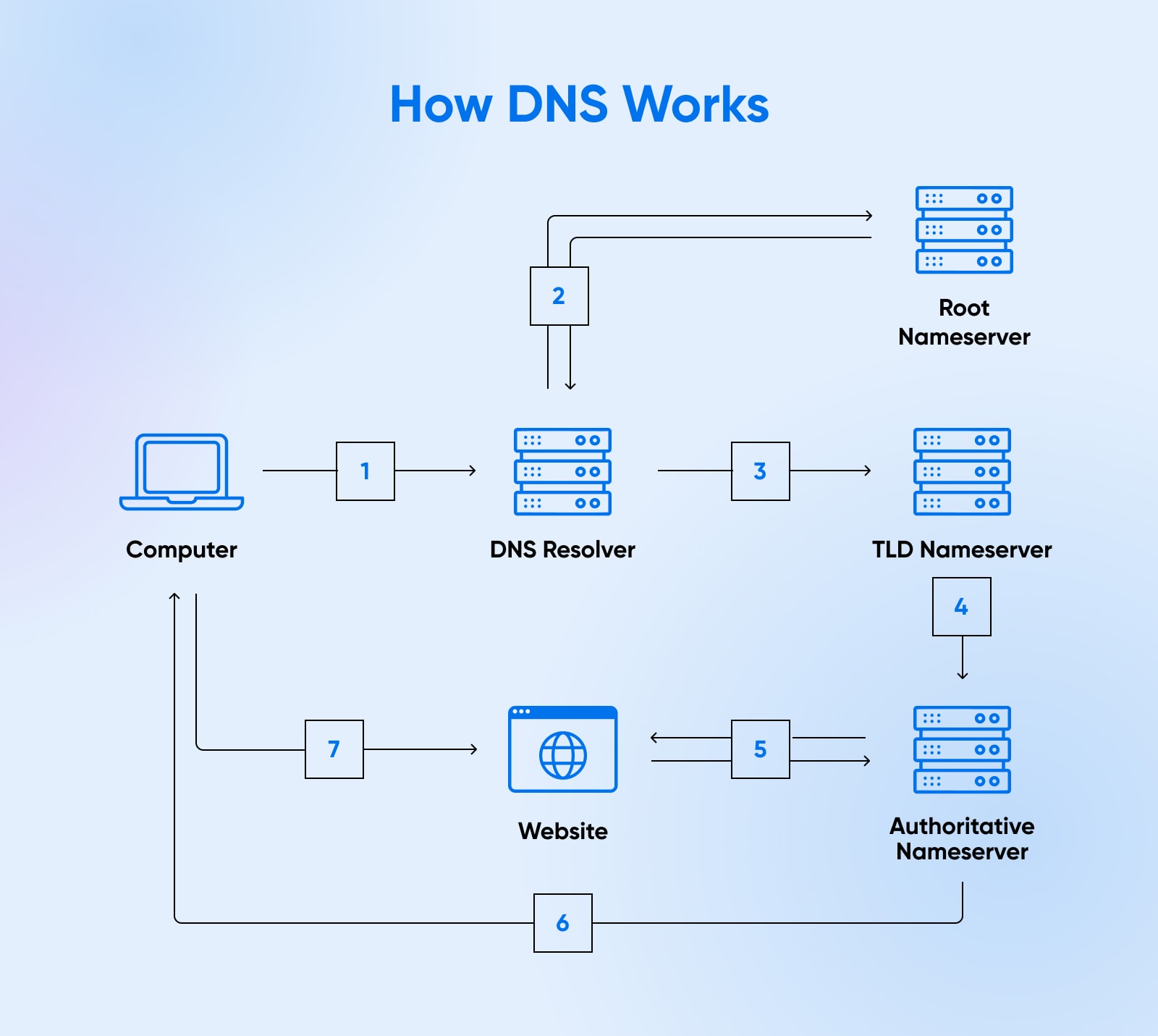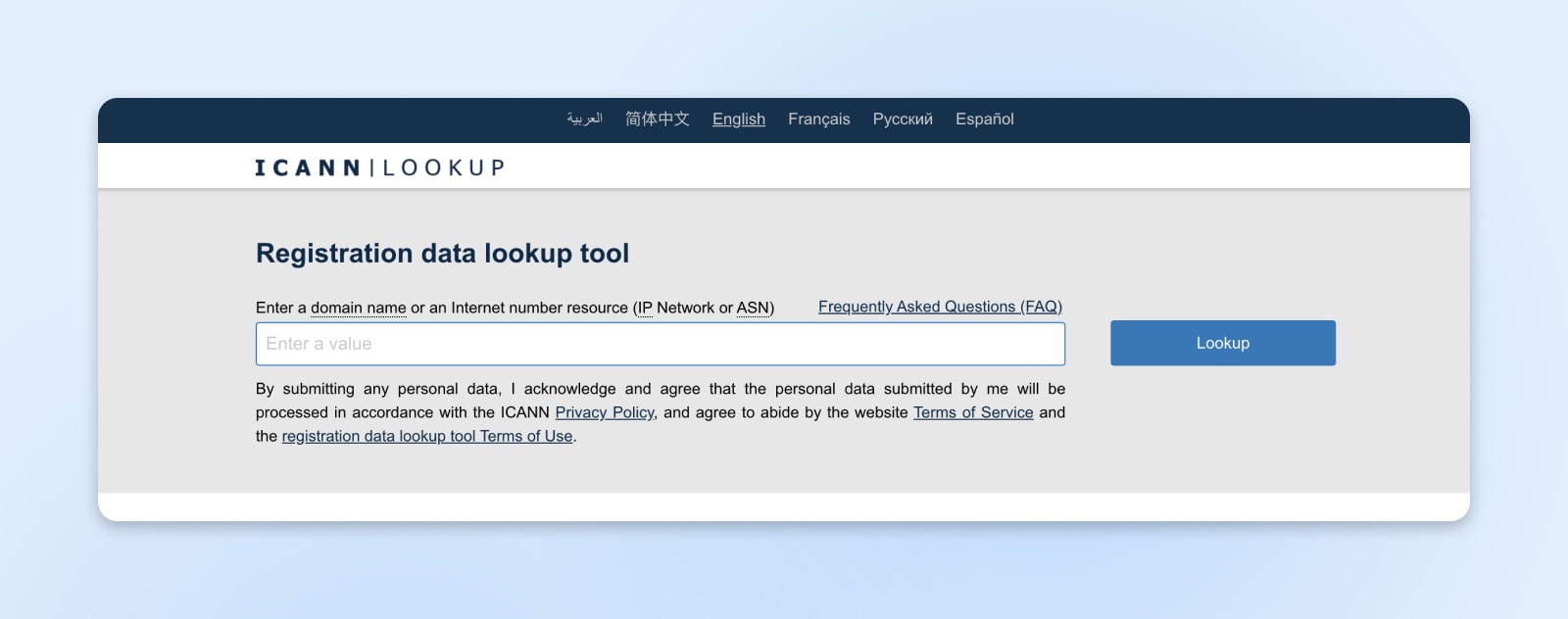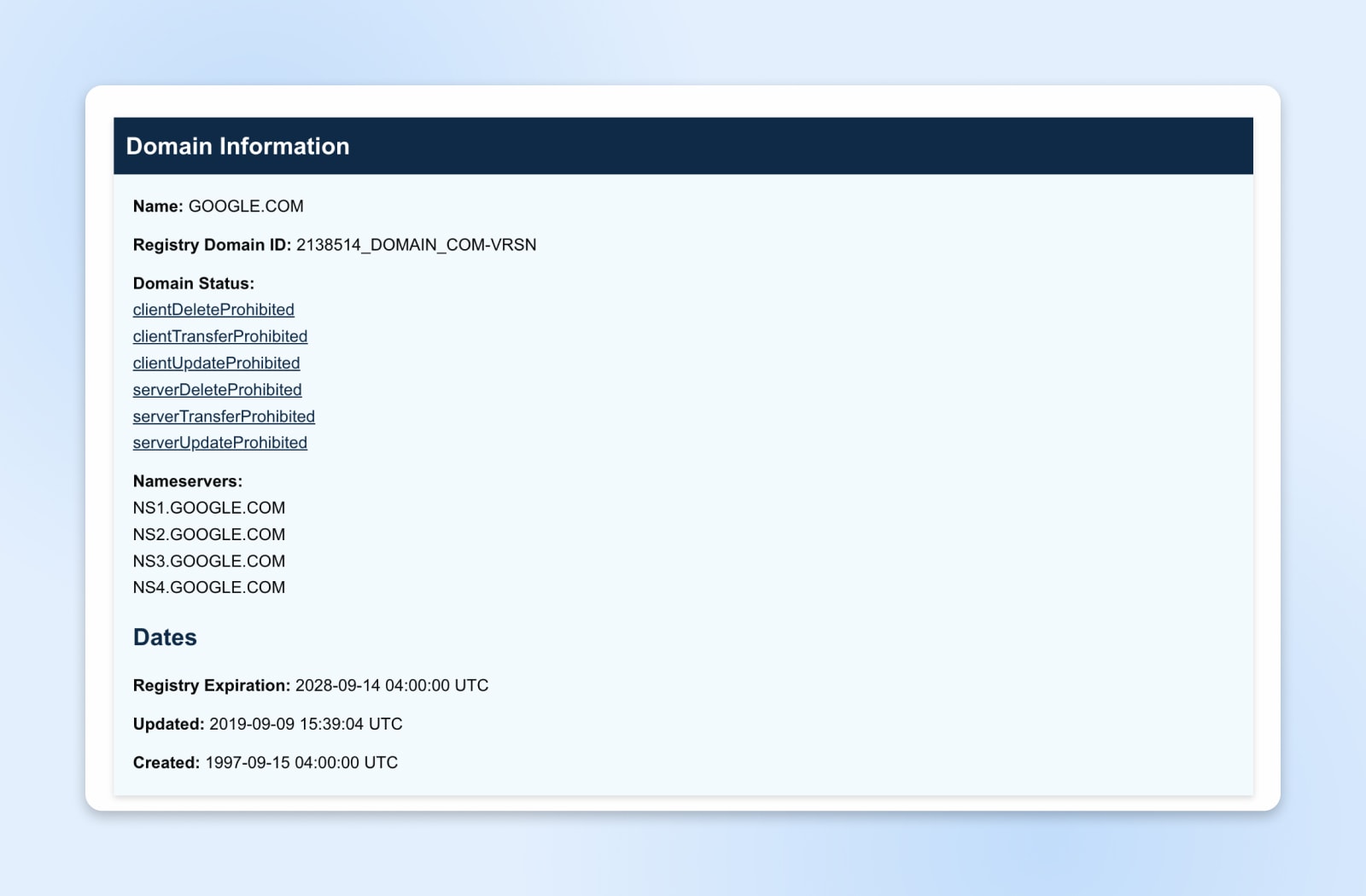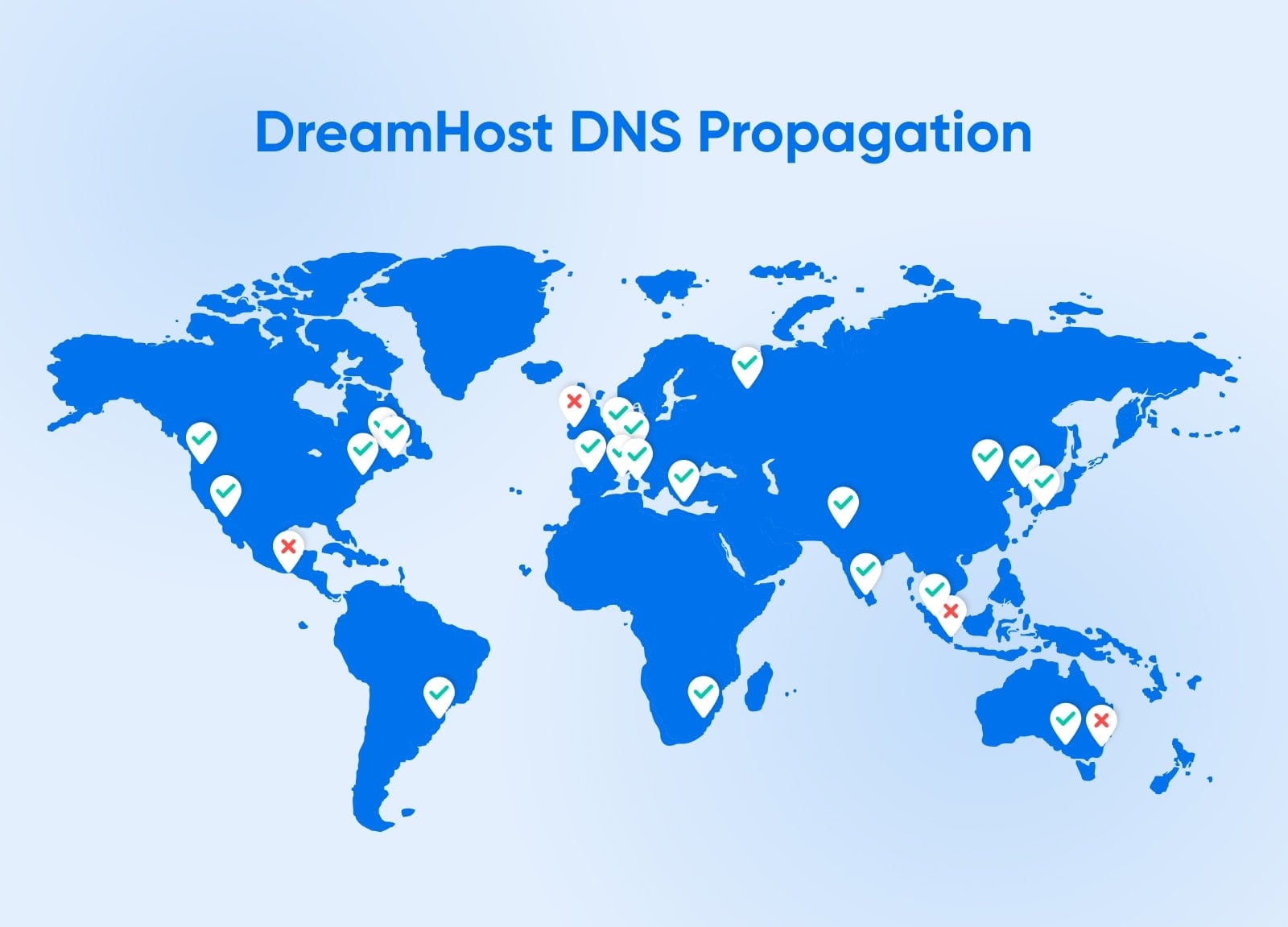Are you pondering of transferring your web site to a brand new internet hosting service supplier? You could be questioning what this implies on your area registration. In the event you swap net hosts, will your customers lose entry to your content material? That is spine-tingling.
That is why it is necessary to grasp name server And that Domain Name System (DNS) how they work. This data helps you handle migrations effectively and maintain site visitors flowing.
On this submit, we’ll take a better take a look at nameservers and DNS information. It additionally explains methods to entry these necessary elements of the location. let’s begin!
Nameservers vs. DNS Data: What They Are and How They Work
identify server
A nameserver is a Area Title System (DNS) server part that interprets an internet site’s area identify right into a numeric IP handle. This time period refers not solely to any server outfitted with DNS software program, but in addition to the servers of a internet hosting supplier that manages the domains of its prospects.
learn extra
A nameserver connects your area identify to the Web Protocol (IP) handle of the server that hosts your web site. Nameservers enable browsers like Google Chrome and Mozilla Firefox to direct customers to the suitable web page once they sort a web site handle.
For instance, whenever you sort instance.com into Google, the nameservers inform your browser the place that area is positioned (the handle of your net host). With out this info, your browser can not show your web site.
Nameservers type a part of a web-based database generally known as the Area Title System (DNS).
DNS
The Area Title System (DNS) protocol retains a document of which area identify corresponds to a specific IP handle. DNS means that you can browse the online by coming into common URLs as a substitute of IP addresses.
learn extra
This method works along side Transmission Management Protocol (TCP) and Web Protocol (IP), which outline how computer systems talk over the Web and personal networks.
DNS performs an necessary position in changing easy domains (reminiscent of instance.com) to IP addresses (reminiscent of 12.34.56.78). IP addresses are utilized by computer systems to determine one another on a community.
Principally, consider DNS as a telephone e-book. This contains recording net gadgets reminiscent of computer systems and servers and their related IP addresses.
Each area has its personal DNS information, together with identify servers. These are generated whenever you register your area identify with a internet hosting supplier or area registrar. Due to this fact, the nameserver will level the area identify to the IP handle of the host or registrar.

How browsers discover web sites
All the things linked to the Web, together with web sites and servers, has an IP handle. There are thousands and thousands of IPs in use all over the world, and they’re all distinctive. Your web site has its personal IP handle supplied by your host.
Nonetheless, your area identify should be connectable to your web site’s IP handle. For instance, whenever you sort the URL of a web site within the handle bar, your browser makes an attempt to entry the corresponding web page. To do that, we’ll take some invisible steps.
First, the browser contacts the goal web site’s area registrar and asks for instructions. That is referred to as a DNS question. The registrar then factors the browser to the goal web site’s internet hosting supplier (reminiscent of dreamhost.com). When the browser arrives at her net host, it seems for the proper nameserver (reminiscent of ns1.dreamhost.com).
This whole course of occurs immediately.
As a consumer, I do not absolutely perceive the extra steps. Nonetheless, if you happen to change your internet hosting supplier, you will want to replace your area identify document to level to your new host. This is a crucial step. In any other case, customers won’t be able to seek out or entry your web site.
Ship content material on to your inbox
Subscribe to our weblog and get nice content material like this delivered straight to your inbox.
Learn how to use identify servers and DNS information
Getting access to your DNS information, together with your nameservers, makes the method of transferring your area a lot simpler. Let’s take a look at alternative ways to seek out and handle these necessary information.
Looking and managing identify servers
You’ll find your area’s nameservers in your website hosting account. These may be accessible out of your internet hosting firm’s documentation web page.
The nameservers for domains managed by DreamHost are:
- ns1.dreamhost.com
- ns2.dreamhost.com
- ns3.dreamhost.com
In case you are a DreamHost consumer, you’ll be able to view your nameservers by logging into your internet hosting account.
Please observe that you just can not replace your nameservers out of your DreamHost account in case your area is registered with one other firm. To handle your nameservers, it is advisable to log into your account with the corporate that manages your area.
In case your area is registered with DreamHost, you’ll be able to edit your nameservers. For instance, if you wish to change your present nameservers, merely erase them from the field and enter the brand new ones.
You can too handle your area from . Registration Pages inside your account. To study extra about this, try the whole directions. Edit nameservers On Dreamhost.
Alternatively, you’ll be able to examine your web site’s nameservers by working the next command: WHOIS search. Nameservers are public information, so you should utilize third-party instruments to seek out this info.
A number of websites supply this service. ICANN search tool.

Enter your area identify within the search bar and a listing of information will seem. For instance, the nameservers for google.com are:

Please observe that WHOIS searches may show private info such because the area proprietor’s identify and e-mail handle. Some internet hosting suppliers and area registrars WHOIS Privacydefend your identification.
Discover and handle DNS information
DNS information are simply as simple to seek out and handle. You’ll be able to view and alter your information by logging into your internet hosting account. In case your area is managed by a 3rd occasion, reminiscent of a site identify registrar, you will must log in to an account with that firm.
When you have a DreamHost account, your DNS information are on the identical web page as your nameservers.
So as to add new DNS information to your area: Follow these instructions. You’ll be able to see that there are various kinds of information that you would be able to create. Let’s take a better take a look at the commonest ones.
document
Handle information are essentially the most primary sort of DNS document. Level your area (or subdomain) to your IP handle.
sub area
A subdomain is an extra factor added to the start of an internet site’s area identify. “Weblog” for weblog.instance.com. is a subdomain. Subdomains are sometimes added to a site to create new pages with distinctive content material and performance that reach the scope and objective of an internet site.
learn extra
CNAME document
A canonical identify document factors a site to a different area, reasonably than an IP handle. That is used in case your web site has subdomains reminiscent of store.myblog.com or Donations.instance.myblog.com.
These are subdomains of myblog.com. Suppose every of those subdomains has a CNAME document with the worth myblog.com. Once you entry the CNAME document, DNS seems for the IP handle, so an additional search is carried out on myblog.com (as that is the worth contained within the CNAME file).
CNAME document
CNAME is an abbreviation for “Canonical Title”. This time period is often used to check with a “CNAME document” within the Area Title System (DNS). Map alias domains to actual domains.
learn extra
It then returns the IP handle saved within the “A” document for myblog.com. Which means these subdomains are aliases of the primary area, and the canonical identify (or “actual identify”) of those subdomains is definitely myblog.com.
MX information
E-mail change information are used to ship e-mail to addresses registered on your area (for instance, good day@myblog.com) in keeping with the usual e-mail protocol SMTP (Easy Mail Switch Protocol).
It is necessary to verify your MX document factors to the proper mail server. In any other case, you won’t be able to obtain emails by way of your account. We additionally advocate backing up your e-mail earlier than switching hosts.
NS document
As talked about earlier, this can be a nameserver document. You need to use this setting to alter your nameservers to level to your new internet hosting supplier.
TXT (textual content) document
This lets you insert textual content into your DNS information. Initially, TXT information had been designed for human notes reminiscent of web site descriptions and improvement particulars. Nonetheless, it’s potential to incorporate machine-readable information.
This document helps defend your web site from spam. You can too confirm your area (for instance, Google site authentication document). It’s normal for an internet site to have a number of TXT information.
Monitor DNS information
When updating your nameservers and different area information, you have to: DNS propagation Please consider. That is the time it takes for DNS information to be up to date over the web. For instance, if you happen to change your nameservers to level to a brand new internet hosting firm, it could take as much as 72 hours for this transformation to take impact.
DreamHost affords a DNS Propagation Checker that will help you monitor your information. You can too use the next propagation checker: View DNS.info or whatsmydns.netadditionally has a map that reveals your area’s present IP handle and DNS document info for a number of identify servers all over the world.

Often requested questions on DNS and identify servers
By now you need to have a reasonably good understanding of how DNS and identify servers work. However there are some extra questions you need to know the solutions to. Clear them now:
What’s the distinction between DNS zones and identify servers?
Merely put, a DNS zone holds all of the DNS information managed by a specific particular person or group. Normally this is applicable to her one particular area and associated subdomains.
For instance, if you happen to personal instance.com, your DNS zone may comprise the next information:
- www.instance.com
- mail.instance.com
- weblog.instance.com
In distinction, a nameserver is a server pc that hosts a DNS zone. Save all DNS information saved on your area and search for the IP handle when prompted.
What’s the distinction between DNS resolver and identify server?
A DNS resolver is software program that initiates a DNS question each time you attempt to entry an internet site or Web useful resource by area identify. The resolver contacts the identify server and asks, “What’s her IP handle for this area identify?”
A nameserver is a specialised server pc the place DNS information are saved and which seems up the suitable IP handle and sends it again to the resolver.
What’s DNS TTL?
TTL stands for Time to Dwell. This can be a setting that tells resolvers and different computer systems how lengthy to cache (quickly retailer) a specific DNS document earlier than requesting it from the identify server once more.
This reduces the variety of queries every time your area is searched, enhancing your web site’s efficiency.
TTL is at all times set in seconds. You’ll be able to select any worth between 30 seconds and 86,400 seconds (1 day) or select Automated. Within the latter case, the document will likely be up to date routinely each time it’s up to date.
Nameserver vs. DNS Overview
When migrating your web site to a brand new host, understanding how nameservers and DNS information work will make the method a lot smoother. That you must make certain your area factors to the proper nameservers. In any other case, web site guests won’t be able to entry the web page.
At DreamHost, we make your life simpler by managing the whole migration course of, together with area switch.
Plus, you’ll be able to handle your personal area and DNS from our internet hosting account, and get area privateness safety free of charge.
All non-public area registrations
Do not let another person register your area first. Search over 400 He TLDs on DreamHost to seek out the right one on your He web site.





